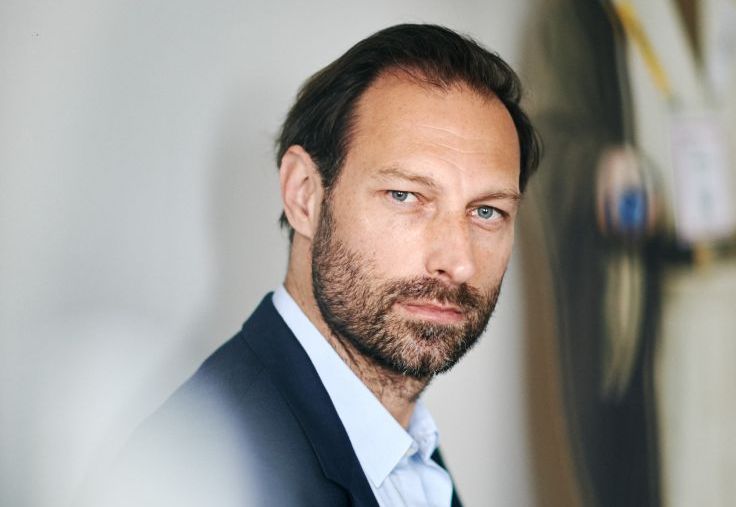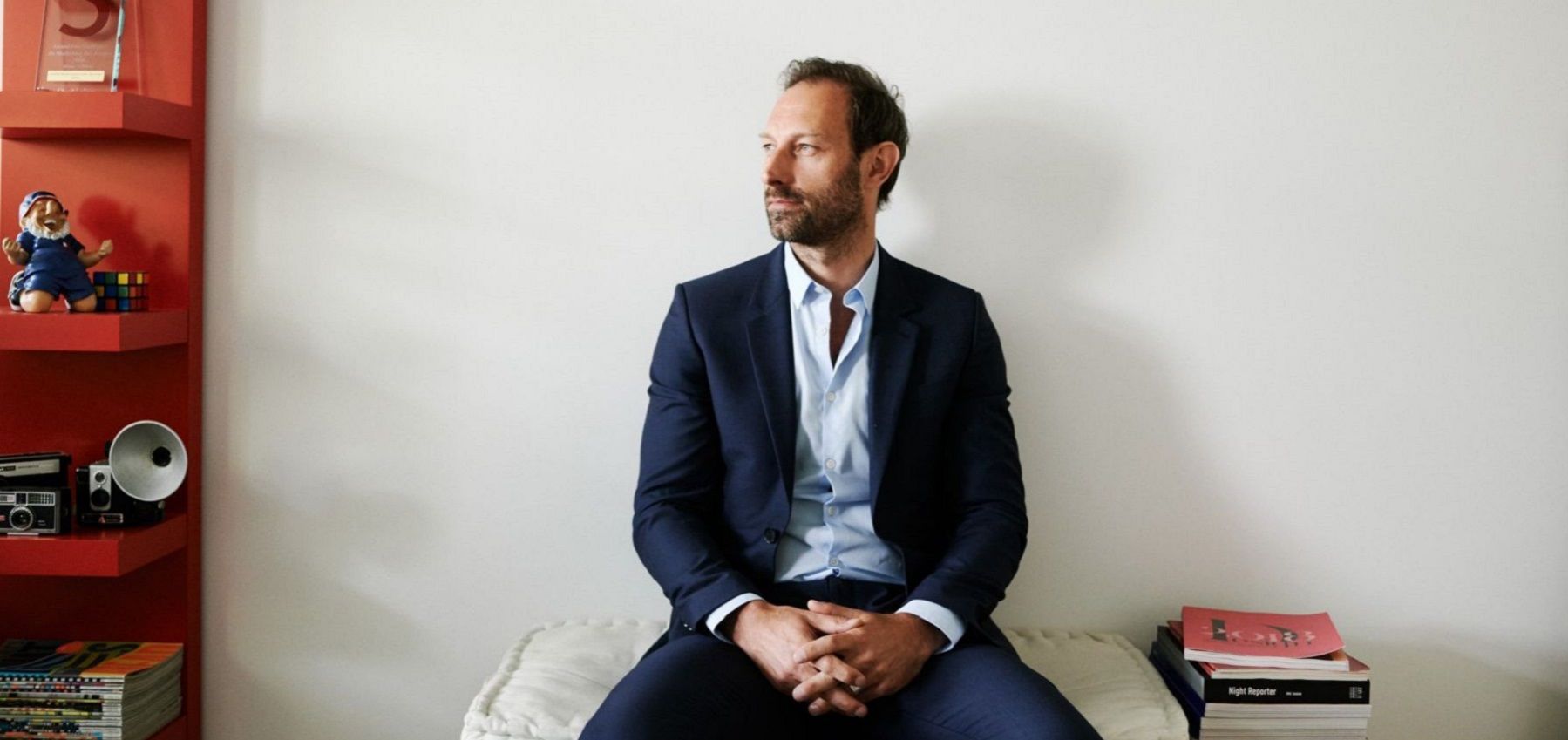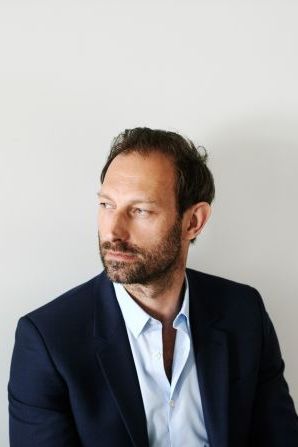“The challenge now is not just to anticipate the future but to adapt to it”
Since the year 2000, Thomas Karolak has devoted his career to bringing media publications into the digital age. Today, he is Chief Digital Officer (CDO) of Les Echos, France's biggest financial media group. For 18 months, he poured heart and soul into overhauling the group's website, an intense digital experience he shares with Story Jungle in this interview.
Four months ago, you launched the new Les Echos website. What were your goals and your guiding principles?
We are operating in what we call a VUCA world, a world full of volatility, uncertainty, complexity and ambiguity. In such an environment, it is vital for us to position ourselves and firmly establish our status as a leading media player. Our number one priority is being a cutting-edge media organisation that constantly adapts to changing practices, helping our customers and readers in their own digital transformation.To redesign the website, we analysed usage practices and consumption habits and came up with a list of 10 guiding principles.
The first was to focus on the idea of routine, because people's long-term reading practices are shaped by the habits they form over time and the experiences they have along the way. We reviewed our editorial offering, introducing new regular features, more engaging newsletters, and exclusive news reserved for premium subscribers.
«People's long-term reading practices are shaped by the habits they form over time and the experiences they have along the way»Our second guiding principle was based on the
following observation: our homepages are our first point of contact with our
readership, but, unlike our articles, these pages did not engage the reader. We
therefore decided to move away from a click-oriented mentality and focus
instead on keeping the reader's attention. That meant offering content-rich
homepages with real editorial substance, rather than simple catalogues of
content. Our second guiding principle was based on the following observation: our homepages are our first point of contact with our readership, but, unlike our articles, these pages did not engage the reader. We therefore decided to move away from a click-oriented mentality and focus instead on keeping the reader's attention. That meant offering content-rich homepages with real editorial substance, rather than simple catalogues of content.
Newsletters are often a separate experience from the rest of the site. Since the overhaul, we now not only send out our newsletters by email in the traditional fashion, but also offer our readers daily newsletters on our homepage. We do all we can to make sure the user can cut to the chase, save time, and find what they are looking for as easily as possible.
«Today, value lies not in quantity but in quality»What metrics did you have in mind?
We were looking to create engagement through two experiences. The first was aimed at leads, based on the advertising model, while the second targeted existing subscribers, providing them with a premium environment with fewer ads and optimal reading comfort. Nowadays, the emphasis needs to be placed on functionalities and the reader experience. No one is prepared to pay for extra articles: the idea is to get readers onboard with an experience and work on the way we use our brand through a new, customised offer.Four months after the new site was launched, feedback has been very pleasing: engagement has been achieved through the experiences offered to both leads and existing subscribers. We have made huge progress in our visibility – a statistic to which advertisers and advertising agencies pay great attention – and have grown our print capacity. As far as the subscriber experience goes, we have increased the number of pages viewed, time spent on the site, and click-through from one section to another.

What is your mantra?
(attributed to Seneca, though there is no evidence he actually said it): "Life isn't about waiting for the storm to pass...It's about learning to dance in the rain."Who is your guru?
I tend to be more of a believer in the idea that certain people inspire you at certain points in your life. At the moment, for instance, I really admire Karl Lagerfeld, who I see as the epitome of high standards, perfectionism and humour. He had that ability to look at his own work with an objective eye, and his creativity was simply stunning.How do you keep your chakras balanced?
Lots of music, lots of exercise, and quality time with my family.Do you have any particular goal as regards revenue breakdown?
We are lucky enough to be a media organisation with three revenue streams, which is rare in France. We use the advertising model, the subscription model and diversification activities.We are very active in pursuing external growth and in developing service activities alongside our media business. That diversification has seen us acquire a number of companies, such as Netexplo, Pelham and Binge Audio, and co-organise events such as VivaTech (with Publicis) and Médias en Seine (with Franceinfo).
The challenge now is not just to anticipate the future, but to adapt to it. On the advertising front, we continue to integrate new advertising formats in the lead experience – from MRECS, to covers, to wallpaper arches. The idea is to offer brands advertising space in the most appropriate places, and we are increasingly developing special operations and new podcasts and video content to help us meet that need.
Subscriptions-wise, redesigning the site has propelled us over the 50,000-subscriber mark for the Les Echos brand. Digital subscribers outnumbered print subscribers in 2018.Redesigning your site means offering new formats. One new format you have launched on the Les Echos website is the La Story podcast. What else do you have in store?Editorially speaking, nothing is off the table. We prefer long-form journalism that explores issues in depth, be it through videos or detailed graphics. People often say Brut has revolutionised video content on social media. They certainly have impressive viewing figures, but I don't know what their business model is. In today's fast-changing world, readers need things explained to them clearly. At Les Echos, we are committed to formats that explain the facts to our readers.








Suivez-nous
|